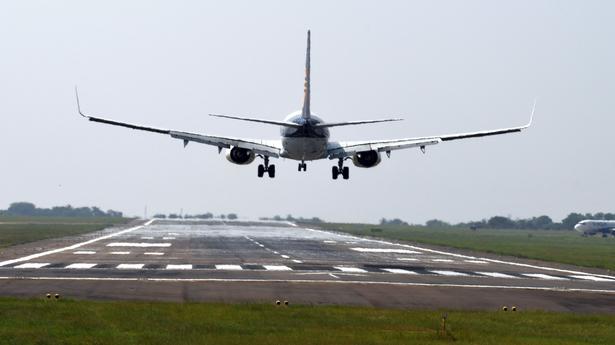
ATF prices climb to record high after 5.2% hike
The Hindu
on February 16 soared to record high levels across the country after rates were increased by 5.2% in line with a rise in international oil prices.
This is the fourth hike in jet fuel or (ATF) prices in less than two months following a spike in global oil prices but petrol and diesel prices remained unchanged for a record 103rd day in a row, coinciding with electioneering to elect new governments in States like Uttar Pradesh and Punjab.
ATF price was hiked by ₹4,481.63 per kilolitre or 5.2% to ₹90,519.79 per kl in the national capital, according to a price notification of State-owned fuel retailers.
More Related News













